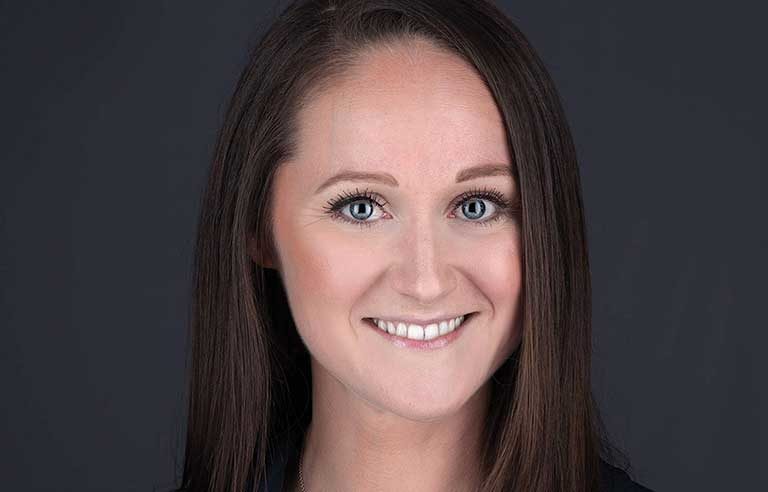Trends in … hearing protection
The importance of a hearing conservation program

Does your workplace have an effective hearing conservation program? According to OSHA, “Hearing conservation programs strive to prevent initial occupational hearing loss, preserve and protect remaining hearing, and equip workers with the knowledge and hearing protection devices necessary to safeguard themselves.”
The agency requires employers to:
- Measure workplace noise levels.
- Provide free annual hearing exams, hearing protection and training on how to use the personal protective equipment.
- Evaluate the effectiveness of the hearing protection being used by workers.
So, is it time to assess your workers’ hearing? Here, Alexa Gough, COHC, director of sales for SHOEBOX Ltd., offers her insight on conducting hearing conservation testing.
First, “It is essential for employers and workers to appreciate the nuances of hearing conservation testing,” she says.
An example: “The traditional method of testing in a sound booth, though accurate, can be logistically challenging.”
A solution?
“The field has evolved with the introduction of tablet-based automated audiometers that are optimized for testing outside of a sound booth,” Gough said. “This technology allows companies to perform occupational hearing testing in a quiet room in their facility, while remaining compliant with applicable OSHA standards.”
It also encourages employee participation in testing programs, she claims, because “testing outside of the traditional sound booth offers a more agreeable experience for employees.”
Other benefits of tablet-based automated audiometers she spoke of include testing at more convenient times for workers, optimized efficiency and safety protocol adherence.
However, she says, “newer tablet-based audiometers optimized for use outside of a sound booth, while convenient, must include continuous noise monitoring for precise results. It’s critical to select a tablet-based audiometer with this capability.”
And don’t forget to account for the human factor: “While technology has advanced in testing, the interpretation of results remains a human expertise,” Gough said. “Results must be analyzed by a certified hearing care professional for accurate assessment and action.
“Understanding the balance between technological innovation and professional oversight is key to an effective hearing testing program.”
Compiled with the assistance of the International Safety Equipment Association
Coming next month:
- Ladders/lifts
- Lighting/flashlights
Post a comment to this article
Safety+Health welcomes comments that promote respectful dialogue. Please stay on topic. Comments that contain personal attacks, profanity or abusive language – or those aggressively promoting products or services – will be removed. We reserve the right to determine which comments violate our comment policy. (Anonymous comments are welcome; merely skip the “name” field in the comment box. An email address is required but will not be included with your comment.)

